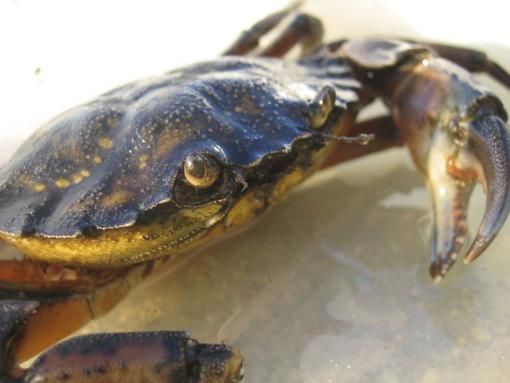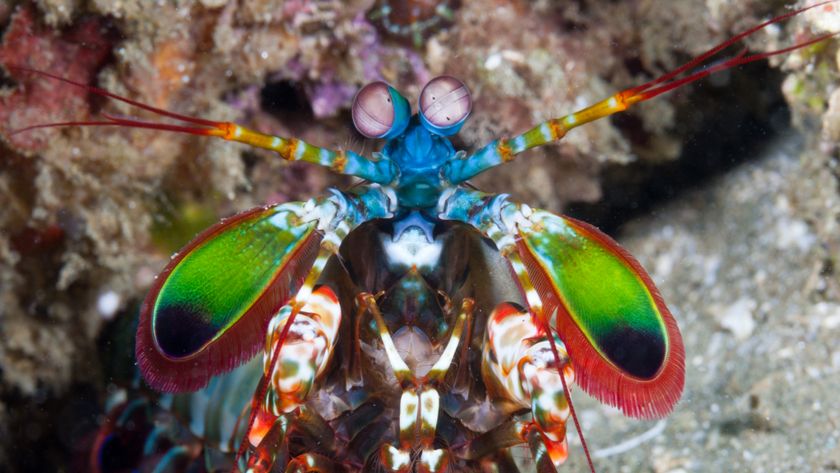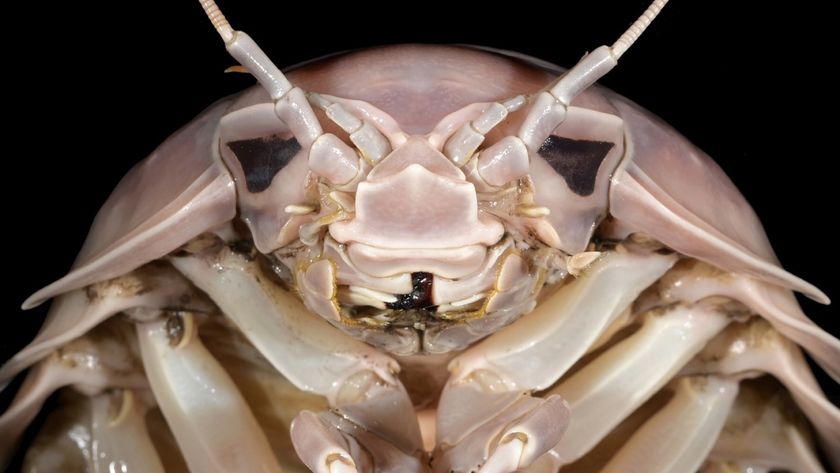
Invasive Crabs Help Restore Marsh

You may not be able to fight fire with fire, but fighting crabs with crabs may have some merit.
Researchers studying the imperiled marshes of Cape Cod were recently surprised to discover that a section of the marsh was coming back, sprouting a "veneer of cordgrass," according to a news release describing the study. In the places where this impressive turnabout was seen, the researchers also beheld a most unlikely cause for celebration: invasive green crabs.
Further research found these crabby immigrants were feasting upon the native marsh crab, which has overpopulated the area and eaten massive quantities of marsh grasses, leading to erosion and habitat destruction (silly marsh crabs, destroying their own eponymous environs).
Humans are largely to blame for this explosion of marsh crab, by killing their predators, including fish. And humans are also to blame for the arrival of the invasive green crab. Usually two wrongs don't make a right, but it appears, for now, the invasive greens are helping the marsh come back in two ways: Besides eating the natives, the invasive crustaceans also appear to act like "scarecrows," leading the native crabs to eat less grass.
Find the study here.
Email Douglas Main or follow him @Douglas_Main. Follow us @OAPlanet, Facebook or Google+. Original article on LiveScience's OurAmazingPlanet.
Sign up for the Live Science daily newsletter now
Get the world’s most fascinating discoveries delivered straight to your inbox.












